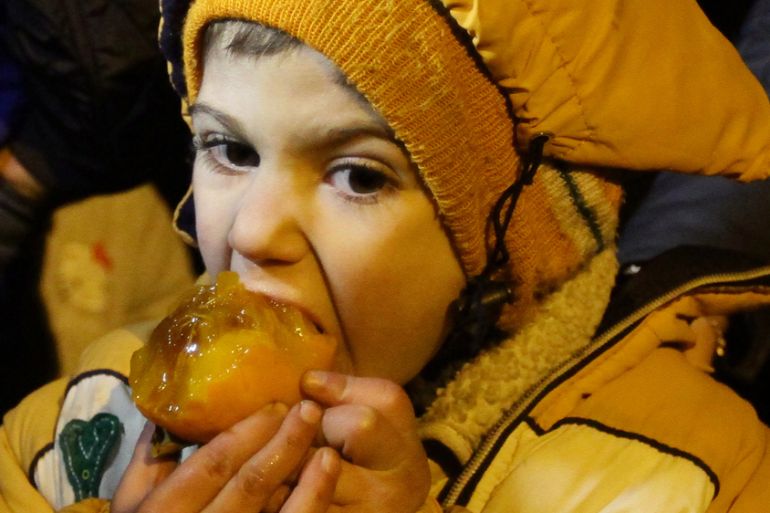Syrians under siege ‘left with no hope’: UN official
Humanitarian chief says Security Council took action on chemical arms but has not done enough for besieged communities.

The United Nations says the number of besieged areas in Syria’s conflict has risen to 18, up from 15 earlier this month, with as many as half a million people now affected.
As the UN hopes to get Syrian parties to begin peace talks on Friday in Geneva, the organisation’s humanitarian chief and the head of the World Food Programme on Wednesday called upon Syria’s government to allow sustained access to besieged areas and to the estimated 4.5 million people in hard-to-reach areas.
Keep reading
list of 4 itemsDoes Israel’s Netanyahu have a plan for a ‘day after’ the war on Gaza?
Why Egypt backed South Africa’s genocide case against Israel in the ICJ
US sanctions two RSF commanders as fighting escalates in Sudan’s Darfur
Stephen O’Brien, the UN’s under-secretary for humanitarian affairs, also urged those attending the talks in Geneva this week to put people before politics.
“You have taken action on chemical weapons in Syria,” he told the Security Council. “But for the millions of people trapped under siege, malnourished and lacking basic supplies, this Council has simply not done enough. We have left those people with no hope. They believe that the world has forgotten them.”
Officials said the rare convoys that reached a few besieged communities earlier this month, after images of starved Syrian children were widely shared online, were not enough and that the food delivered would soon run out.
The convoys were given access when a deal was struck between the Syrian government and rebels to allow supplies into besieged areas. Trucks reached Madaya, west of Damascus, and later, two towns in Idlib – Fouaa and Kefraya.
READ MORE: Weakened, cold and starving to d-h in Syrian town
Reports and photos of emaciated bodies showed the consequences of a six-month siege on thousands of starving families in Madaya. Aid agencies have said that the food supplies to the three towns were probably enough to last a month, underscoring the need for more aid.
“One-off access … is not the kind of access we need to prevent starvation,” O’Brien told reporters. He also called for immediate medical evacuations from besieged areas for the sick and wounded.
|
|
O’Brien called the idea of air-dropping aid to besieged areas “risky” and insufficient, but diplomats said all options were still being discussed.
Ertharin Cousin, the WFP chief, told reporters that for airdrops to happen, her agency would need to secure airspace, assurances that the aid gets to the most vulnerable and enough space on the ground to safely drop the “large tonnages” necessary to be meaningful food aid.
The UN says food aid reached less than 1 percent of people in besieged areas last year.
About 181,000 are besieged by Syria’s government, and about 200,000 are besieged by the Islamic State of Iraq and the Levant group.
Cousin said it was “just a matter of time” before the world again sees the kind of images of suffering Syrians that caused international outrage and the rare aid convoys earlier this month.